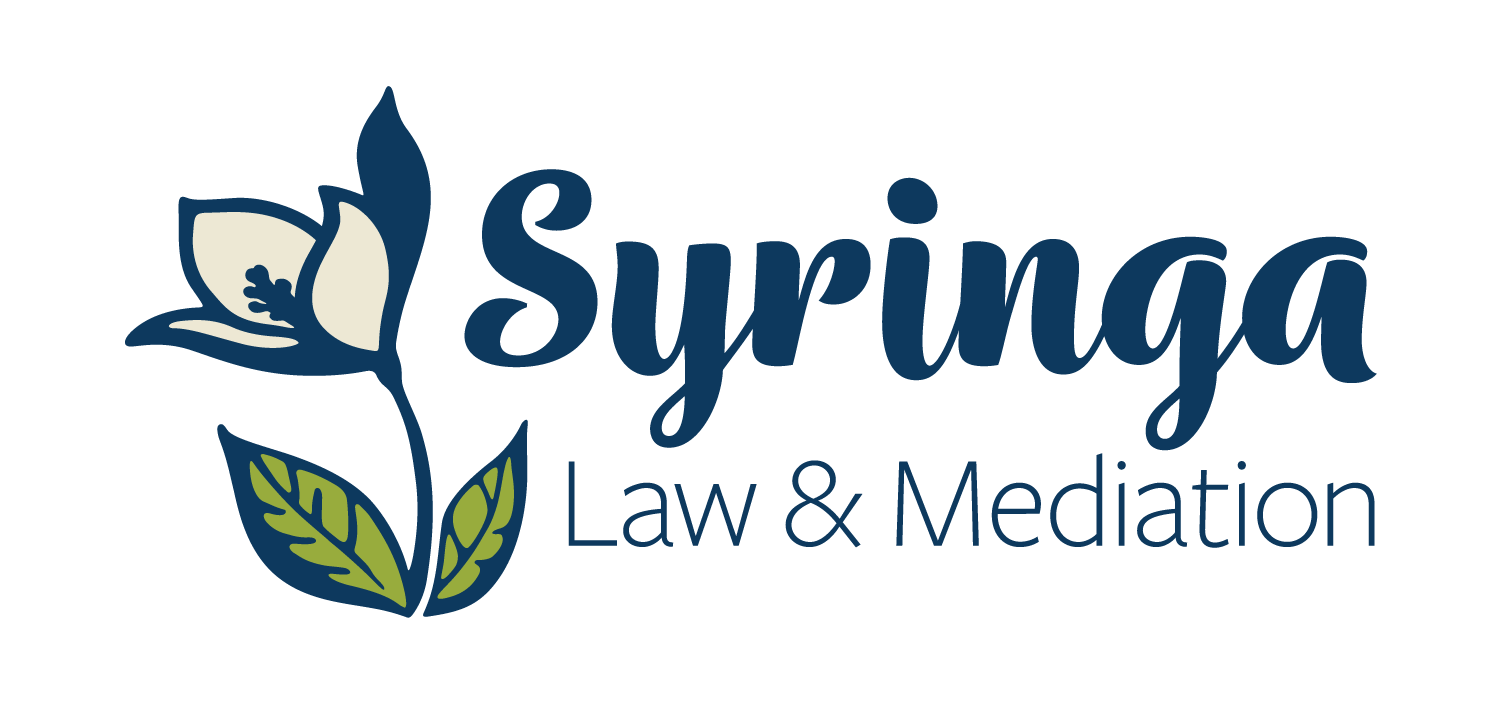If you have come to the heartbreaking decision that your marriage is over, it can be hard to know where to start. There are basically two ways to proceed, and both have their merits. One path is to hire an attorney, who will fiercely advocate for you. The other—often more peaceful—option is to start with mediation. If you are able to take this route, you will likely save both time and money.
What Mediation Can Do
Often, couples who can agree on just a few parts of their divorce can come to mediation and negotiate a settlement—how assets, property, and debt will be divided. If you think of your marriage date as one bookend and the end date of your relationship as the other, everything acquired between those two points is what will need to be divided.
In mediation, we go through those items, negotiate terms, and create a written, legally binding agreement. This is not a court order.
Using the Agreement in Court Documents
Once you have a mediated agreement, you can use its terms to complete the first set of court paperwork. In Washington State, there are two sets of documents to be filed. The first set notifies the court of your intent to dissolve the marriage.
Washington State requires a 90-day waiting period between this first filing and the final paperwork. That waiting period can actually be useful. During those three months, people often discover that something needs to be adjusted—such as re-negotiating bills, child support, or spousal support. How you feel at the first mediation may be different from how you feel three months later.
Adjusting Agreements During the Waiting Period
If the waiting period reveals that you need new or different terms, you can return to mediation. This “second round” allows you to re-negotiate parts of the original agreement. For example, debt amounts might turn out to be higher or lower than expected, or spousal support might need a clear end date. Mediation provides a way to revise agreements and put them in a legally binding form moving forward.
Avoiding Escalation
Mediation throughout the divorce process can help keep things from going “sideways” into a full-blown legal battle. I’ve seen couples who mostly agreed, file their initial paperwork, then get into an argument that derailed everything. Once attorneys were hired and the case went to trial, the process became longer, more stressful, and more expensive. Having a mediated agreement at the start often keeps parties on track.
What Does It Mean to File Jointly?
There are two paths forward: filing separately or filing jointly. If you file separately—submitting your own paperwork without agreement from the other party—you are in an adversarial process. That means a judge may ultimately decide between your requests, the other party’s requests, or a different outcome the judge believes is best.
If, instead, you mediate and file jointly—submitting paperwork signed by both parties—the process is uncontested. The court will review and sign off without a trial. In some cases, a judge may ask you to explain parts of your agreement, but signing jointly shows the court that you both agree on the terms.
The Half-and-Half Option
You don’t have to agree on everything in mediation. For example, you might settle property and debt issues but not what happens with the house. In that case, you can resolve most matters in mediation and leave only the unresolved parts for a judge to decide.
I’ve seen couples send just one or two items to a judge—for instance, a disagreement over a single piece of furniture. This approach still saves time and legal fees compared to leaving everything up to the court.
Other Benefits of Mediation
Mediation might seem expensive and unnecessary if you already mostly agree. But it is less expensive than needing to hire attorneys if things get adversarial or complicated. It is an investment in a peaceful future.
Conflict can be managed throughout the process. Mediators can often hear what one party needs because they are not in the emotional process that parties are in. We can cut through the emotion and help find a way that both parties can get what they need. We can employ peaceful problem solving.
Finally, it’s important to remember that attorneys are required by law to advocate only for their client. Mediators, on the other hand, are neutral. We don’t advocate for either side—we help both parties advocate for themselves. We are
invested in both parties getting their needs met.

